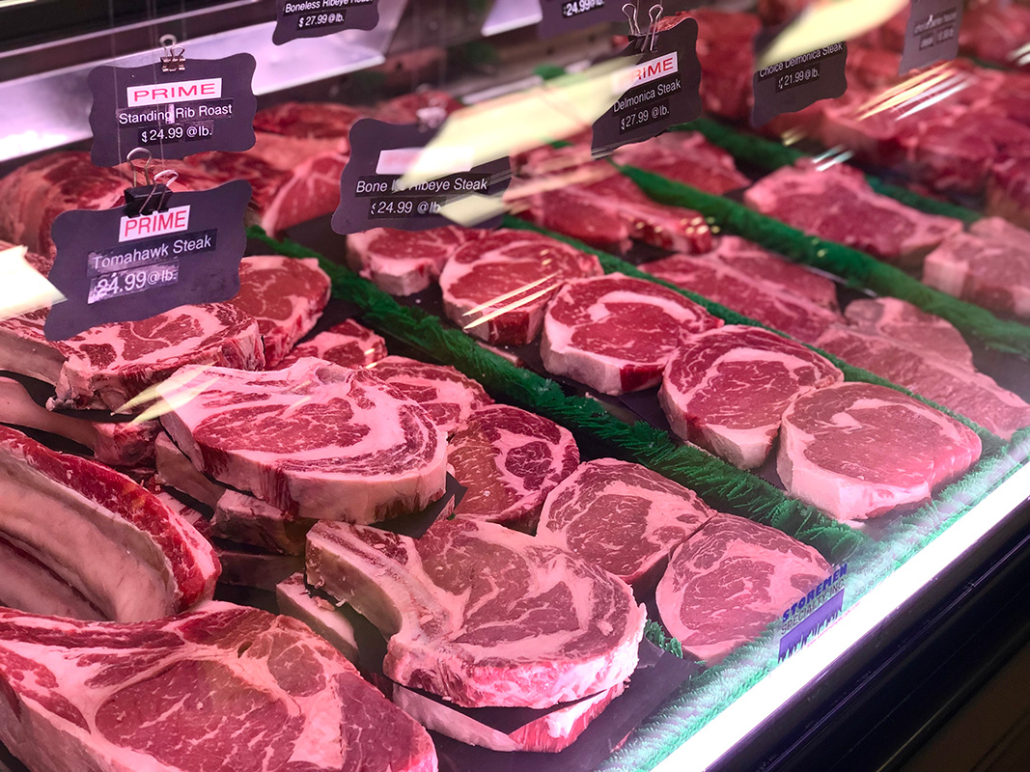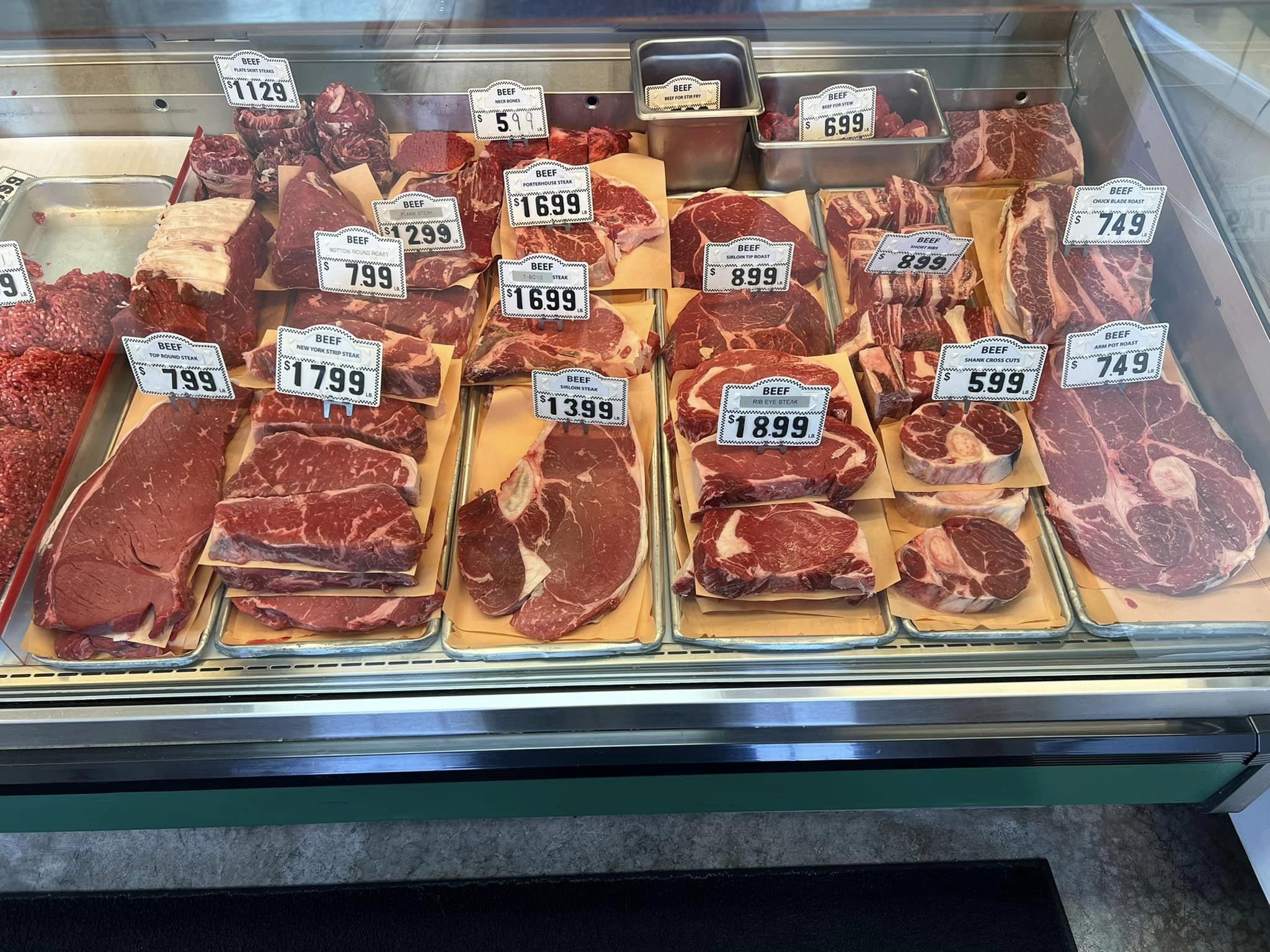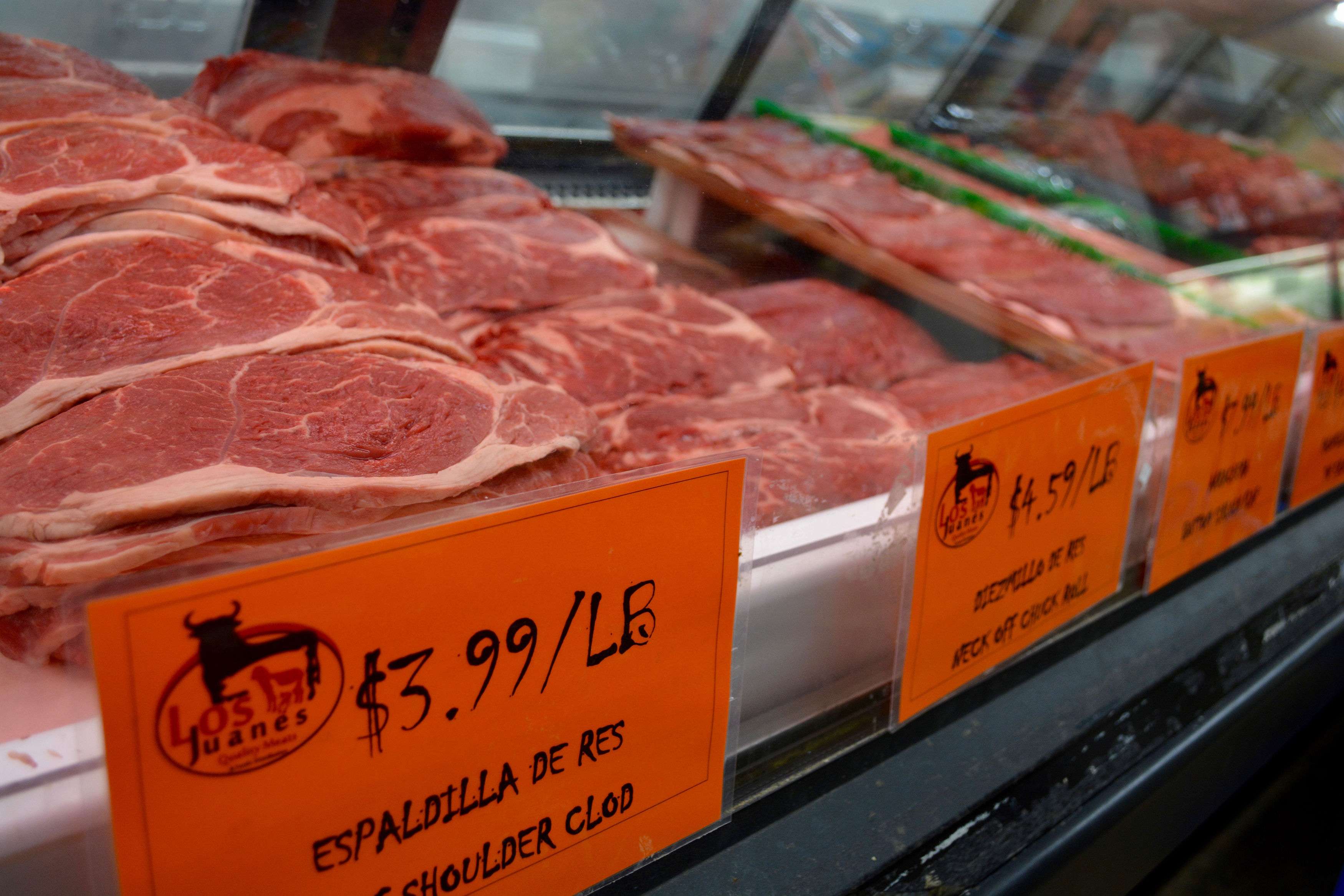Leading Factors to Shop at Bagley Farms Meat Market Edwardsville IL for Premium Meats
Leading Factors to Shop at Bagley Farms Meat Market Edwardsville IL for Premium Meats
Blog Article
Discover the Art of the Butcher's Cut in a Modern Meat Market
In the ever-evolving landscape of modern-day meat markets, the butcher's cut has transcended its typical origins, merging age-old craftsmanship with modern techniques. What genuinely sets the contemporary butcher apart is their capability to build a much deeper connection in between customers and the beginnings of their meat.
Development of Butchery Techniques

The mid-20th century saw butchery methods better fine-tuned by clinical understandings into muscle mass biology and meat aging, improving both tenderness and taste. Advancements like vacuum product packaging and refrigeration extended item shelf-life, enabling butchers to expand offerings and improve top quality control. This period also marked the increase of specialized tools, such as band saws and meat slicers, which boosted accuracy and efficiency in meat processing.
The 21st century has actually presented digital technology into the butchery world. Computerized systems now assist in monitoring pet provenance and enhancing cuts to satisfy certain customer preferences. Furthermore, a resurgence in artisanal butchery has emerged, blending standard abilities with modern knowledge to satisfy customers seeking moral and lasting meat choices. This advancement highlights a vibrant interplay between practice and development, conference contemporary needs while protecting the craft's heritage.

Comprehending Meat Cuts

Recognizing the complexities of meat cuts is essential for both butchers and consumers looking for quality and value. For butchers, accurate cuts show skill and regard for the craft, making certain very little waste and optimal return.
The primary categories of meat cuts include primitive, sub-primal, and retail cuts. Primitive cuts, such as the loin, rib, and chuck, are the big areas originally separated from the carcass. Butchers then damage these down better right into sub-primal cuts, prior to finally producing retail cuts available to customers, like ribeye or tenderloin. Each stage needs careful focus to physiological structure and muscle mass make-up.
Understanding muscular tissue make-up is important; muscles utilized much more regularly by the animal have a tendency to be harder and are best fit for slow-moving food preparation methods, while less-used muscular tissues, like those found in the loin, are more tender and perfect for grilling or roasting. Familiarity with these differences empowers consumers to make enlightened options, look these up boosting their cooking endeavors.
Picking High Quality Meat
Selecting the right meat involves even more than simply picking a visually appealing item from the display screen. The art of picking quality meat needs a critical eye and expertise of particular characteristics that indicate freshness and excellence.
Second of all, think about the marbling, which describes the white streaks of fat within the muscle. Appropriate marbling is a crucial indication of tenderness and flavor, as it melts throughout cooking, improving the meat's juiciness. Remember, higher marbling often correlates with superior quality cuts, such as USDA Prime.
Appearance is one more crucial aspect; meat must really feel firm to the touch, not slimy or excessively soft. Additionally, bear in mind the aroma. Fresh meat needs to have a clean, neutral odor, devoid of any kind of sour or repulsive odors.
Pairing Cuts With Food Preparation Methods
Efficiently coupling cuts of meat with the proper cooking approaches is crucial for attaining optimum flavor and texture. Different cuts differ in tenderness, marbling, and connective tissue content, each requiring specific strategies to open their potential. Tender cuts like filet mignon and ribeye, with their integral marbling, advantage from high-heat, quick-cooking methods such as barbecuing or pan-searing. These more information approaches improve the meat's all-natural tastes and ensure a juicy coating.
On the other hand, tougher cuts like brisket and chuck roast are rich in collagen, which damages down into gelatin when cooked slowly. These cuts are suitable for braising or slow-moving roasting, allowing the meat to soften over time and develop deep, complicated tastes. Cuts such as brief ribs and pork shoulder make out well with slow-cooking techniques, where prolonged cooking times change their robust appearances right into delicious dishes.
Lamb shanks and oxtail, which call for extended food preparation to tenderize, are excellent prospects for stewing or slow-moving simmering. These approaches coax out abundant, passionate flavors while keeping moisture. By understanding the one-of-a-kind features of each cut, cooks and home cooks alike can raise their culinary creations, making sure each dish is both satisfying and memorable.
The Butcher's Role Today
Navigating the advancing landscape of the contemporary meat market, the butcher's duty today extends past plain preparation of cuts. Contemporary butchers are culinary artisans, teachers, and advocates for sustainable techniques.
In enhancement to crafting precise cuts, butchers now involve straight with clients, using cooking recommendations and tailoring options to fit individual demands and choices. Their know-how in meat aging, marbling, and flavor profiles equips customers to make informed choices, boosting their cooking experiences. This tailored solution exemplifies the butcher's developing role as a trusted expert in the kitchen.
Moreover, butchers are pivotal in decreasing waste, utilizing entire pets to produce diverse items such as sausages and supplies - bagley farms meat market edwardsville il. This extensive approach not only appreciates the pet useful site yet additionally lines up with modern sustainability goals. In this means, the modern butcher personifies both custom and development, adapting to an ever-changing market while preserving the creativity and honesty of their craft

Final Thought
Proficiency in recognizing varied meat cuts and high quality indicators equips butchers to give educated referrals, aligning details cuts with ideal cooking approaches. By recognizing historic methods while welcoming modern demands, the butcher's function continues to be vital in today's innovative meat market.
Report this page